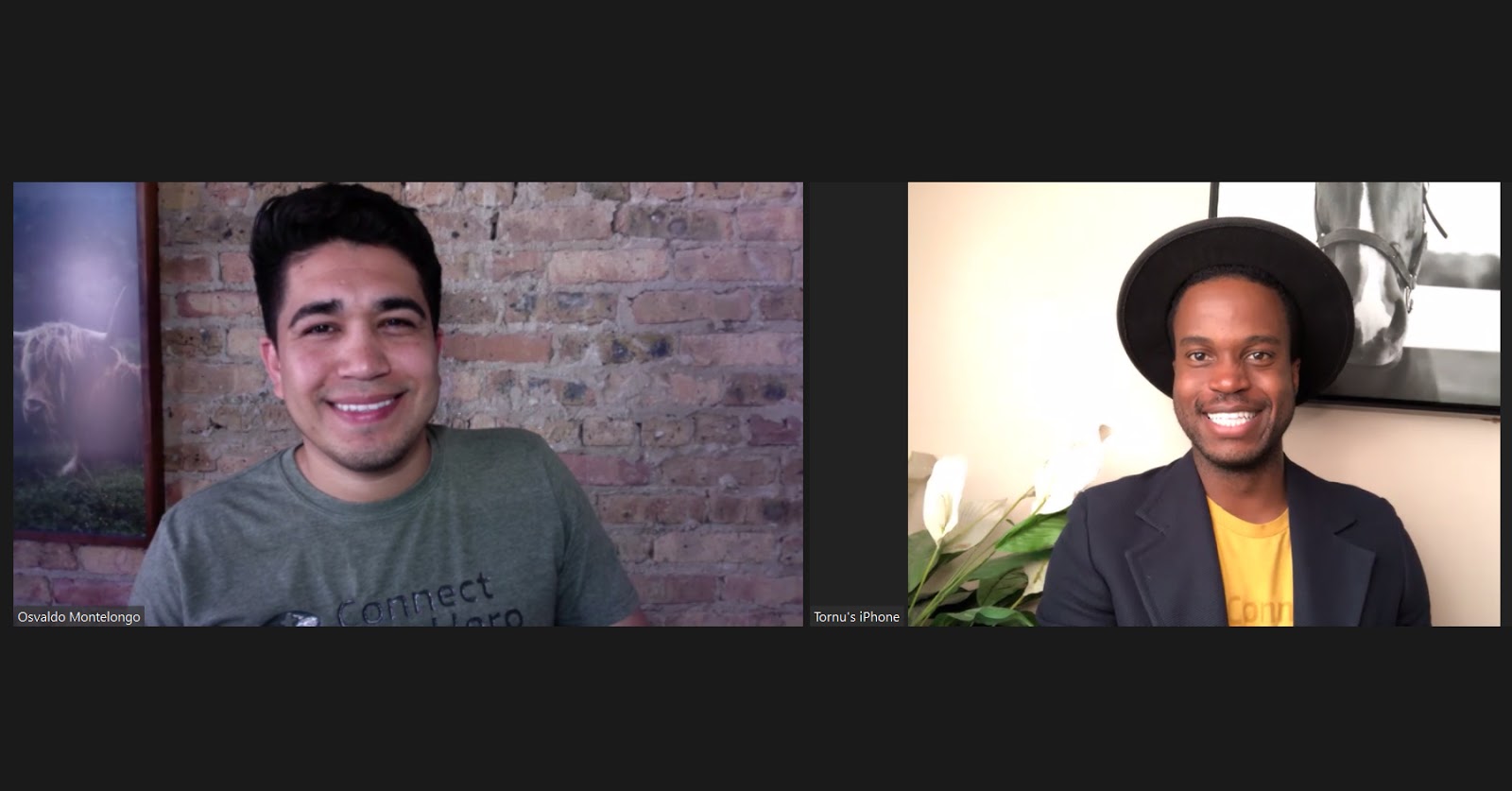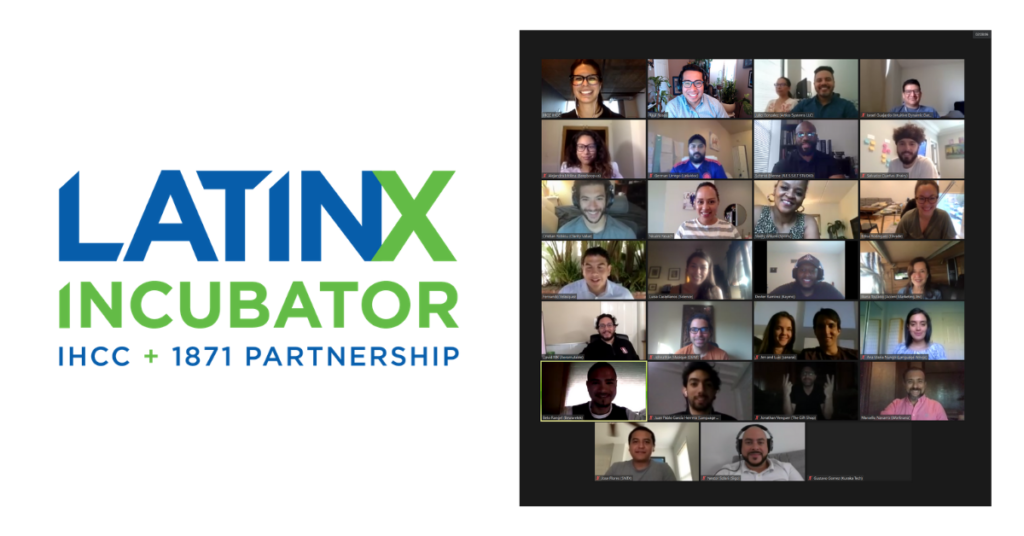Good founders constantly seek to improve their technical and business skills. But they also work 15-hour days, after which it is tedious to try and force oneself to consume even more tactical business content. I know that I find it nearly impossible to keep reading about business techniques during my precious few hours of downtime. I crave respite.
[Read more…] about Guest Blog: 8 Entrepreneurial Must-Reads NOT About Business








